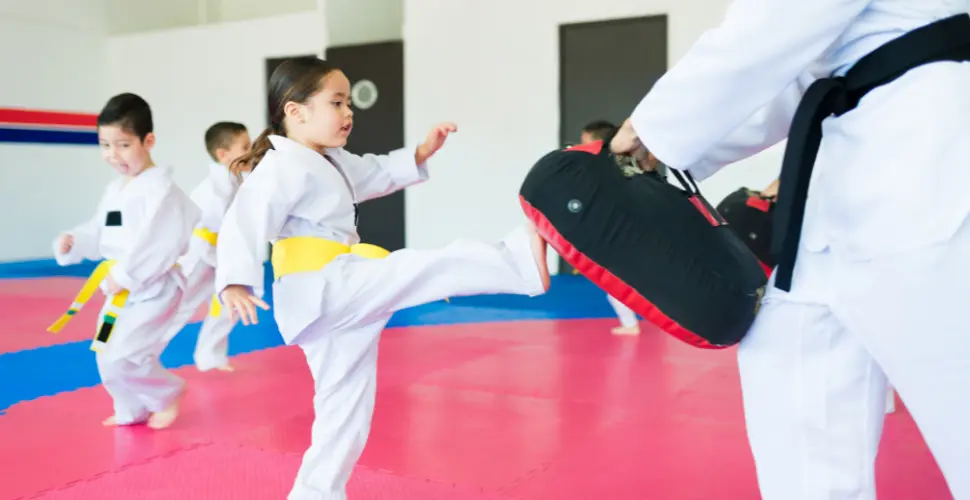How to Teach Hurdle Techniques – Step-by-Step Guide to Coaching Efficiently
-
 Michael Brown
Michael Brown - 23 Aug, 2024

Teaching hurdle techniques is a vital part of developing an athlete’s speed, agility, and overall performance in track and field events. Proper coaching ensures that athletes not only clear hurdles efficiently but also maintain their speed and form throughout the race. This guide will provide step-by-step instructions on how to teach hurdle techniques effectively, from beginner to advanced levels.

Understanding the Basics of Hurdling
Before diving into specific techniques, it’s essential to understand the fundamental principles of hurdling:
- Rhythm: Hurdling is as much about rhythm as it is about speed. Athletes must develop a consistent stride pattern between hurdles.
- Speed: Maintaining speed is crucial. The goal is to clear hurdles with minimal disruption to forward momentum.
- Form: Proper form includes a low, quick takeoff and an efficient lead leg and trail leg motion.
Essential Drills for Teaching Hurdle Techniques
1. Lead Leg Drills
Objective: To develop a strong, fast lead leg that clears the hurdle efficiently.
- Setup: Place a single hurdle at a comfortable height.
- Execution: Have the athlete practice stepping over the hurdle with their lead leg, emphasizing a quick, snapping motion.
- Repetition: Perform this drill 10-15 times with each leg.
2. Trail Leg Drills
Objective: To improve the speed and efficiency of the trail leg.
- Setup: Position a hurdle and ask the athlete to stand beside it.
- Execution: The athlete swings the trail leg over the hurdle, focusing on bringing the knee forward and around quickly.
- Repetition: Repeat the drill 10-15 times on each side.
3. Rhythm Drills
Objective: To develop a consistent rhythm and stride pattern between hurdles.
- Setup: Set up a series of low hurdles spaced appropriately for the athlete’s stride.
- Execution: The athlete runs over the hurdles, maintaining a steady rhythm without breaking stride.
- Repetition: Practice multiple runs, focusing on smooth transitions between hurdles.
Step-by-Step Guide to Teaching Hurdling Techniques

Step 1: Warm-Up
Begin with a proper warm-up to prepare the athlete’s muscles and joints. Include dynamic stretches, high knees, and leg swings to target the muscles used in hurdling.
Step 2: Introduce the Lead and Trail Leg Motions
Use the lead leg and trail leg drills mentioned above to introduce the basic motions. Ensure the athlete is comfortable with both movements before progressing.
Step 3: Combine the Motions
Once the athlete is proficient with both legs separately, combine the motions. Have the athlete approach the hurdle, clear it with a quick lead leg, and immediately follow with the trail leg.
Step 4: Focus on Rhythm and Speed
Introduce rhythm drills to help the athlete develop a consistent stride pattern. Gradually increase the hurdle height and spacing as the athlete’s confidence and skill improve.
Step 5: Fine-Tuning and Advanced Techniques
As the athlete becomes more skilled, focus on advanced techniques:
- Lowering the Center of Gravity: Teach the athlete to lower their center of gravity during the takeoff and landing for better balance and speed.
- Reducing Air Time: Work on minimizing the time spent in the air by encouraging a more direct, aggressive motion over the hurdles.
- Maintaining Speed: Emphasize the importance of maintaining speed throughout the race. This can be practiced by running over hurdles placed closer together at lower heights.
Step 6: Practice, Practice, Practice
Consistent practice is key to mastering hurdle techniques. Incorporate regular hurdle training sessions into the athlete’s routine, focusing on both technique and endurance.
Common Mistakes to Avoid
- Breaking Stride: Ensure the athlete maintains a consistent stride pattern and does not stutter or slow down before a hurdle.
- Over-Extending: Teach the athlete not to over-extend their lead leg, as this can disrupt balance and speed.
- Improper Arm Movement: Arms should work in sync with the legs; improper arm motion can throw off balance and rhythm.

Summary
Teaching hurdle techniques requires a balance of basic drills, rhythm development, and advanced training. By focusing on lead leg and trail leg movements, rhythm, and maintaining speed, coaches can help athletes improve their hurdling efficiency and performance. Regular practice and attention to detail are essential for mastering this challenging but rewarding skill.


